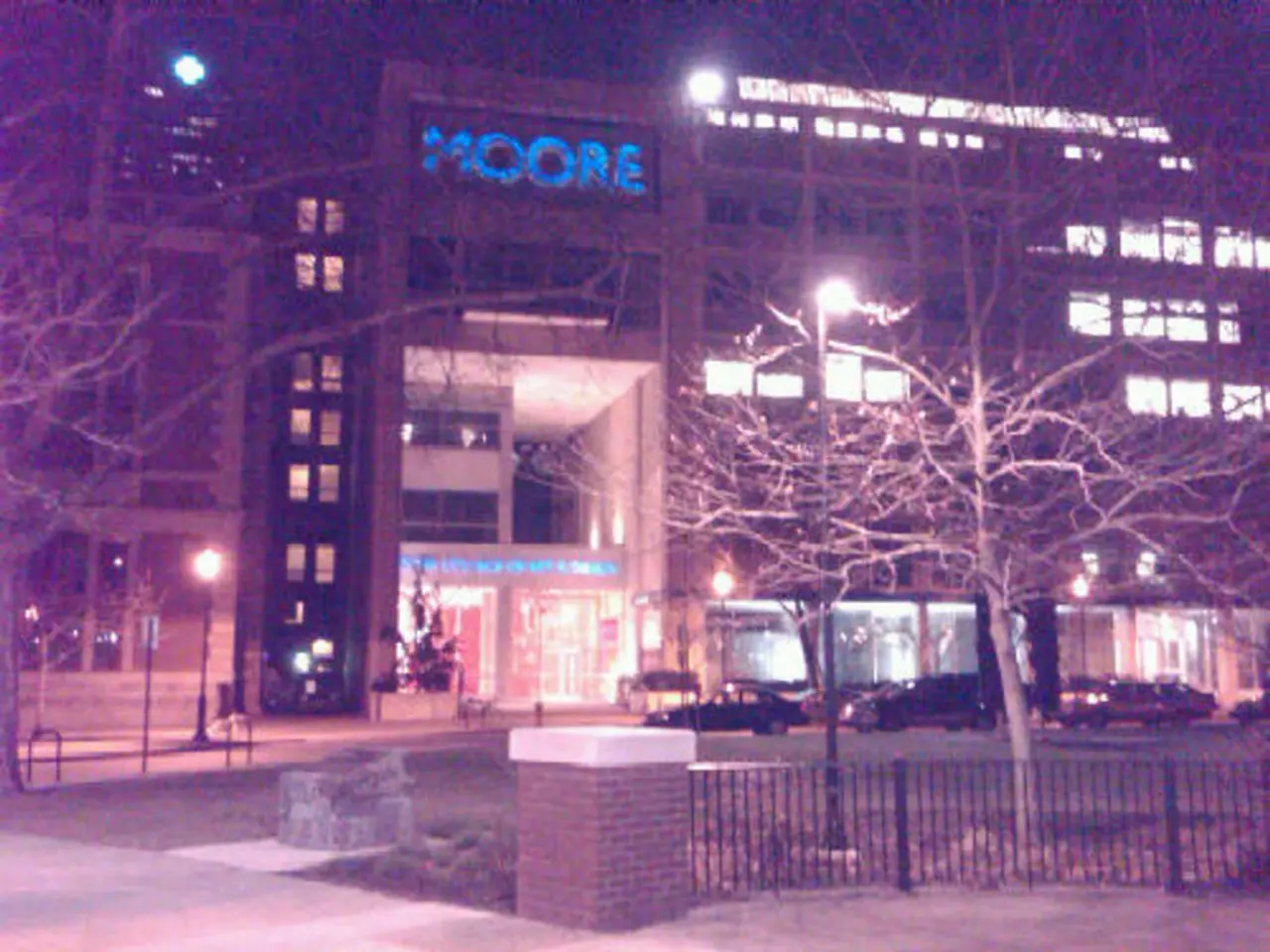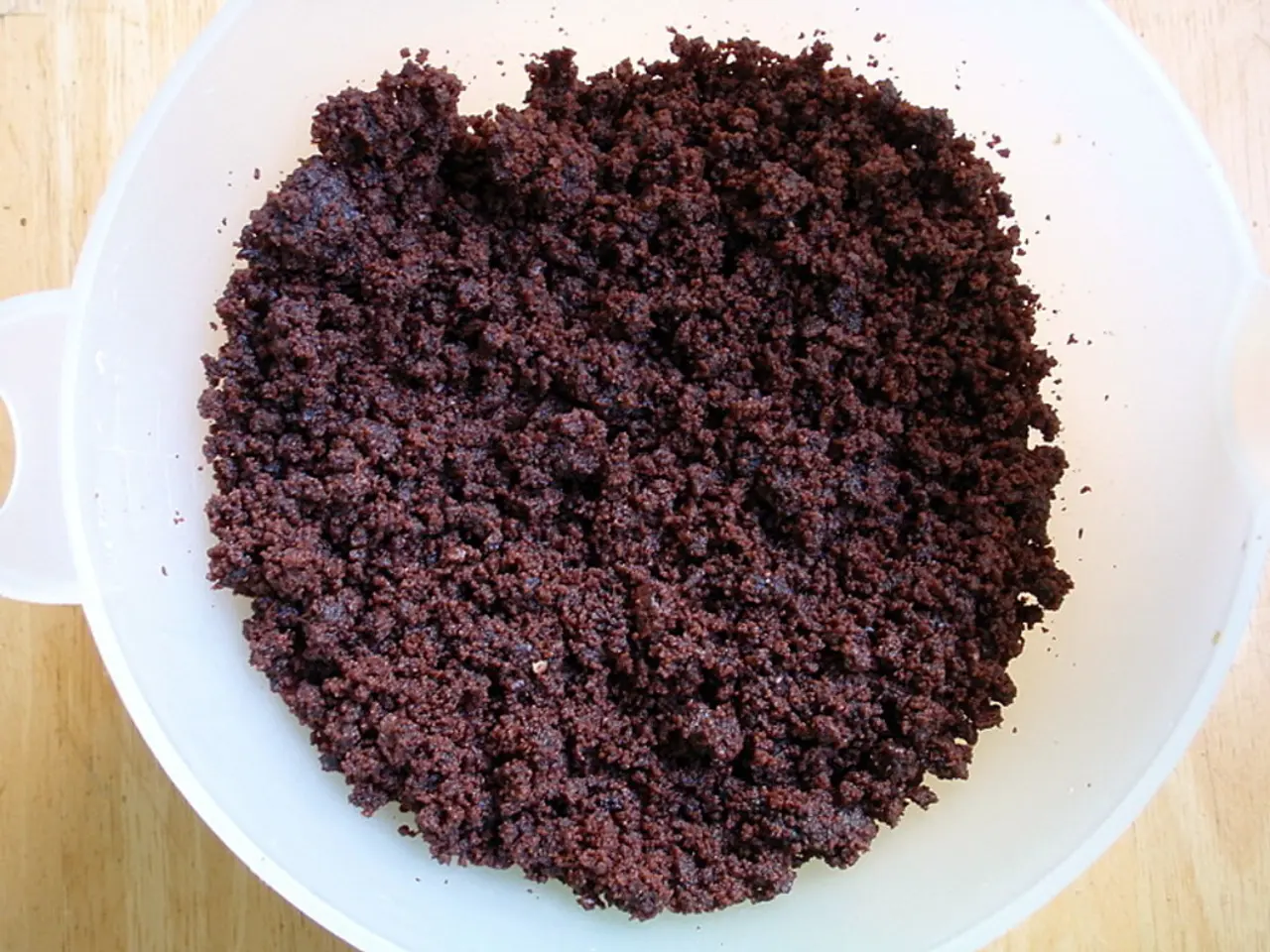Understanding the Differences between AFib and PVC Heart Disorders
News Article: Understanding Atrial Fibrillation (AFib) and Premature Ventricular Contraction (PVC): Sharing Common Ground and Differences
Atrial Fibrillation (AFib) and Premature Ventricular Contraction (PVC) are two common types of heart arrhythmias that can impact individuals' health. While they have distinct differences, they share some similarities and can coexist in the same patient.
Atrial Fibrillation (AFib)
AFib is an irregular and often rapid heart rhythm that originates in the atria, the heart's upper chambers. Causes of AFib can include underlying heart conditions such as heart failure or valve disease, high blood pressure, diabetes, aging, surgery (cardiac and noncardiac), and other risk factors like previous stroke and vascular disease.
Complications of AFib can be severe, with the most serious being stroke due to blood pooling in the atria causing clot formation. Other potential complications include increased risk of heart failure, blood clots leading to embolic events, and increased mortality.
Treatment options for AFib may involve medications like anticoagulants (blood thinners) to reduce stroke risk, anti-arrhythmic drugs to maintain normal rhythm, and rate control medications to manage heart rate. Procedures such as electrical cardioversion to restore normal rhythm, catheter ablation to destroy heart tissue causing AFib, and surgical ablation (Maze procedure) in certain cases may also be considered. In some instances, a permanent pacemaker or left atrial appendage occlusion device may be necessary.
Premature Ventricular Contraction (PVC)
PVCs are early heartbeats that originate in the ventricles, the heart's lower chambers. While many cases of PVCs are benign, they can signal heart irritability or overstimulation, electrolyte imbalances, or be triggered by caffeine, alcohol, exercise, and stress.
Complications from PVCs are generally rare, but frequent PVCs might cause palpitations or, in extreme cases, worsening heart function or arrhythmias. It is essential to assess PVCs if they are frequent or symptomatic as they could indicate underlying heart issues.
Treatment for PVCs often involves addressing underlying triggers, such as reducing caffeine or alcohol consumption. If PVCs are symptomatic or frequent, medications or further cardiac evaluation may be required. In rare cases, catheter ablation may be recommended to address problematic PVCs.
Links Between AFib and PVC
While AFib and PVC are distinct arrhythmias, they can coexist in the same patient. Both are types of arrhythmias affected by heart irritability, structural heart disease, and electrolyte imbalance. PVCs may trigger or exacerbate AFib by increasing heart irritability or underlying heart stress. Conversely, the presence of AFib may reflect a diseased heart substrate that also predisposes to ventricular ectopy like PVCs. However, there is no direct causative link between AFib and PVC, but their presence may suggest an underlying cardiac condition warranting comprehensive evaluation.
Summary
In summary, understanding the differences and similarities between AFib and PVC is crucial for managing these heart arrhythmias effectively. While both can have severe complications, treatment options are available to help manage and mitigate those risks. It is essential to consult with a healthcare professional for personalised advice and guidance on managing these conditions.
[1] American Heart Association. (2021). Atrial Fibrillation. https://www.heart.org/en/health-topics/arrhythmia/atrial-fibrillation
[2] American Heart Association. (2021). Premature Ventricular Contractions (PVCs). https://www.heart.org/en/health-topics/arrhythmia/premature-ventricular-contractions-pvc
[3] National Heart, Lung, and Blood Institute. (2021). Atrial Fibrillation. https://www.nhlbi.nih.gov/health-topics/atrial-fibrillation
[4] American College of Cardiology. (2021). Premature Ventricular Contractions (PVCs). https://www.acc.org/patients/afib-and-other-arrhythmias/premature-ventricular-contractions-pvc
[5] European Society of Cardiology. (2021). Atrial fibrillation. https://www.escardio.org/guidelines-surveys/atrial-fibrillation-guidelines/atrial-fibrillation-guidelines
- AFib and PVC, despite their differences, can coexist in the same patient, sharing similarities such as being affected by heart irritability, structural heart disease, and electrolyte imbalance.
- The presence of AFib may reflect a diseased heart substrate that also predisposes to ventricular ectopy like PVCs, suggesting an underlying cardiac condition requiring comprehensive evaluation.
- In managing heart conditions such as AFib and PVC, it's essential to consult with a healthcare professional for personalized advice on treatment options for maintaining cardiovascular health, managing medical conditions like chronic diseases, and ensuring overall health and wellness.




